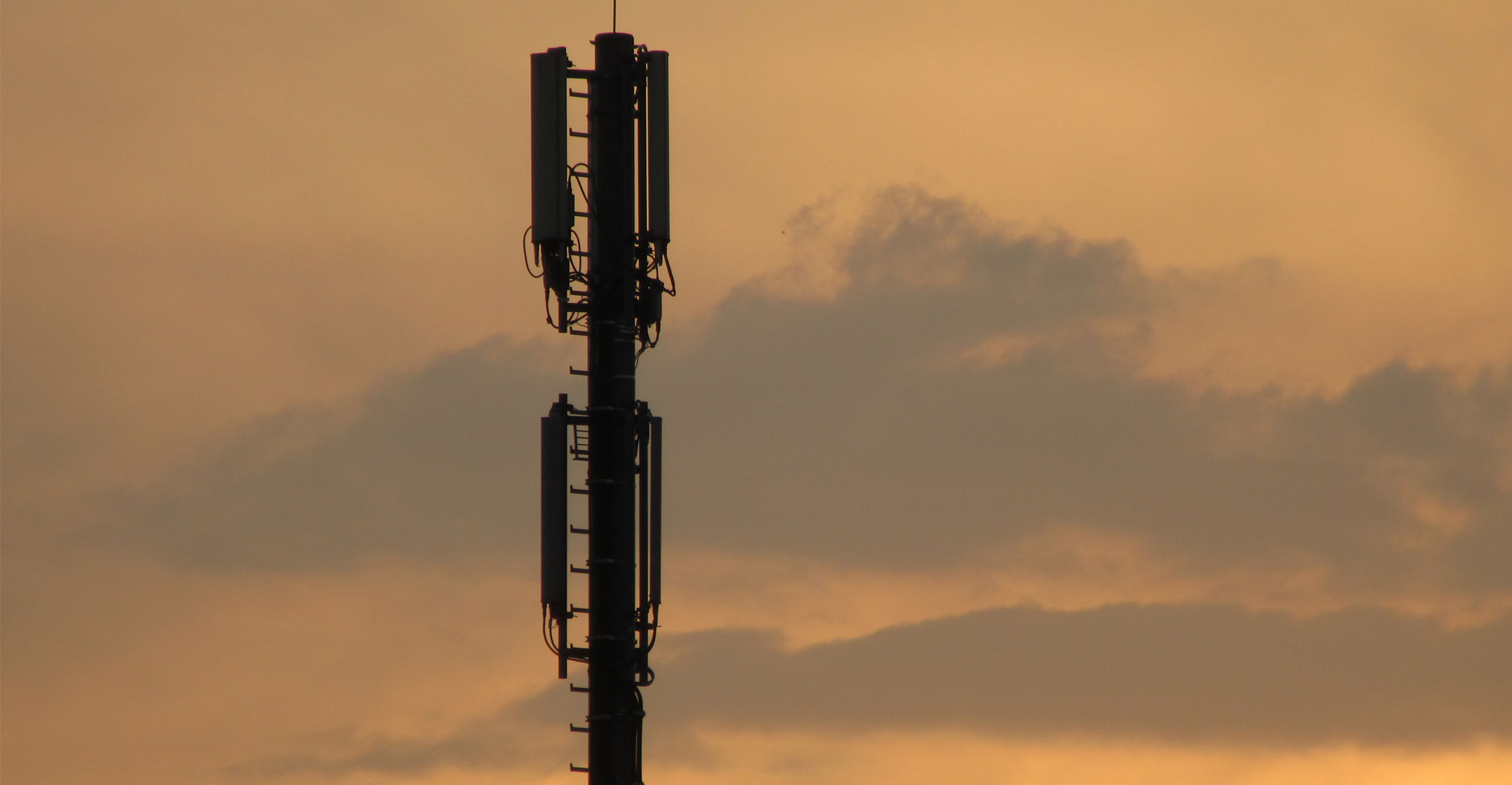 One hundred and sixteen megahertz of bandwidth looks set to be pivotal for South Africa’s successful initial roll-out of next-generation, super-fast mobile 5G networks.
One hundred and sixteen megahertz of bandwidth looks set to be pivotal for South Africa’s successful initial roll-out of next-generation, super-fast mobile 5G networks.
Communications regulator Icasa surprised the telecommunications industry last week when it decided to include this spectrum — in the 3.5GHz band — in an Information Memorandum ahead of a planned spectrum auction likely to take place within the next year.
The move was surprising because communications minister Stella Ndabeni-Abrahams had asked Icasa to prepare a report on 5G licensing only after the conclusion of the World Radiocommunication Conference 2019 (WRC-2019), currently taking place in Egypt.
Icasa would have six months to prepare that report and only then would the minister issue a policy direction to the regulator on the licensing of 5G-suitable spectrum bands.
Icasa’s decision to move early on 3.5GHz is likely to be welcomed by operators, including MTN and Vodacom, which are keen to begin 5G deployments but can’t because their existing spectrum assets aren’t suitable. (When it licenses spectrum, Icasa sensibly doesn’t dictate to operators what it should be used for — say, 4G/LTE or 5G.)
The authority said it resolved to include the 2.3GHz and 3.5GHz bands for licensing over and above the bands stipulated in government’s policy on high-demand spectrum and its policy direction on licensing of a wholesale open-access network (Woan) because 3.5GHz was identified for mobile cellular services at the World Radiocommunication Conference in 2004 and 2.3GHz in the International Telecommunication Union’s radio regulation in 2012.
Key slice
The 3.5GHz band is a key slice of spectrum for 5G, one of the bands identified for early use with the technology and to be supported by smartphone manufacturers and other device makers. The sooner it’s licensed, the sooner operators can start selling 5G-capable smartphones and marketing 5G services to consumers.
The band is made up of a total of 200MHz of radio frequency spectrum. Liquid Telecom already has access to 56MHz of it, while Telkom has a 28MHz block, leaving 116MHz immediately available for licensing.
But it’s not yet clear how Icasa will license the band. In its Information Memorandum, the regulator put forward five options for licensing bandwidth in the 700MHz, 800MHz and 2.6GHz bands but did not include any options for the 3.5GHz band or the 2.3GHz band (Telkom owns the biggest chunk of 2.3GHz — 60MHz — which it uses for 4G/LTE.)

Icasa spokesman Paseka Maleka told TechCentral by e-mail that the 2.3GHz and 3.5GHz bands may, in fact, be licensed on a regional basis “to reduce the burden of deployment costs” or on a national basis to mobile network operators to increase the data speeds of their existing services.
But why is the 3.5GHz band so important? According to the GSMA, an industry lobby group, these frequencies fall neatly into what’s call the “mid band” — spectrum between 1GHz and 6GHz that offer a “good mixture of coverage and capacity benefits”.
“This includes spectrum within the 3.3-3.8GHz range, which is expected to form the basis of many initial 5G services. It also includes others which may be assigned to, or re-farmed by, operators for 5G including 1.8GHz, 2.3GHz and 2.6GHz. In the long term, more spectrum is needed to maintain 5G quality of service and growing demand in bands between 3GHz and 24GHz.”
According to the GSMA, 5G needs a significant amount of new “harmonised” mobile spectrum, so defragmenting and clearing prime bands should be prioritised. “Regulators should aim to make available 80-100MHz of contiguous spectrum per operator in prime 5G mid-bands (such as 3.5GHz) and around 1GHz per operator in millimetre-wave bands (around 26-28GHz),” it said.
“5G needs spectrum within three key frequency ranges to deliver widespread coverage and support all use cases. The three ranges are sub-1GHz (the low bands), 1-6GHz (mid bands) and above 6GHz (high bands). Sub-1GHz supports widespread coverage across urban, suburban and rural areas and helps support Internet-of-things services… In the long term, more spectrum is needed to maintain 5G quality of service and growing demand, in bands between 3GHz and 24GHz.
“Above 6GHz is needed to meet the ultra-high broadband speeds envisioned for 5G. Currently, the 26GHz and/or 28GHz bands have the most international support in this range. A key focus at WRC-19 will be on establishing international agreement on 5G bands above 24GHz.”
Incumbent users
In many countries, including South Africa, there are incumbent users in priority 5G bands, which can make licensing more challenging, the GSMA said. “It is essential that regulators make every effort to make this spectrum available for 5G use — especially in the 3.5GHz range (3.3-3.8GHz). This can include providing incentives for incumbents to migrate ahead of awarding the spectrum, moving incumbents to alternative bands or within a single portion of the range, and allowing incumbents to trade their licences with mobile operators.”
If countries are assigning spectrum in one range in multiple phases in order to gradually migrate incumbents (such as assigning 3.4-3.6GHz, then 3.6-3.8GHz), or have incumbent licensees in part of the band, the process should involve re-planning the band afterwards to allow operators to create larger contiguous blocks. Long-term 5G road maps should be developed in consultation with stakeholders as soon as possible so operators understand how much spectrum will be made available by when, and what will happen to incumbents to help inform spectrum trading decisions.”
Of course, spectrum trading isn’t currently allowed in South Africa, but forthcoming amendments to legislation are likely to change that. — © 2019 NewsCentral Media




